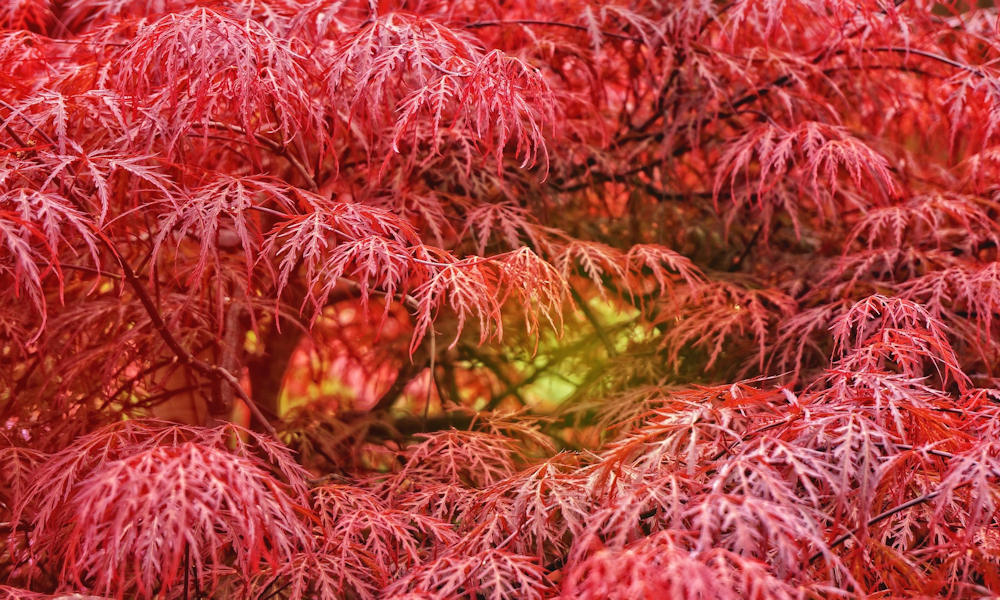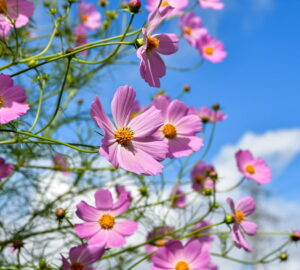Looking to add a touch of elegance and sophistication to your garden? Consider planting a laceleaf Japanese maple, a small deciduous tree or shrub prized for its delicate, lacy foliage and vibrant colors. In this article, we’ll explore the origin, appearance and care of this beautiful and relatively low-maintenance plant, and provide tips for incorporating it into your garden design.
Acer palmatum var. dissectum, commonly known as laceleaf Japanese maple, cutleaf Japanese maple or threadleaf Japanese maple, is a small deciduous tree or shrub native to Japan, Korea and China. The tree is prized for its delicate, lacy foliage, which is deep red in the spring and turns a bright greenish-yellow in the summer, before finally changing to a brilliant red in the fall.
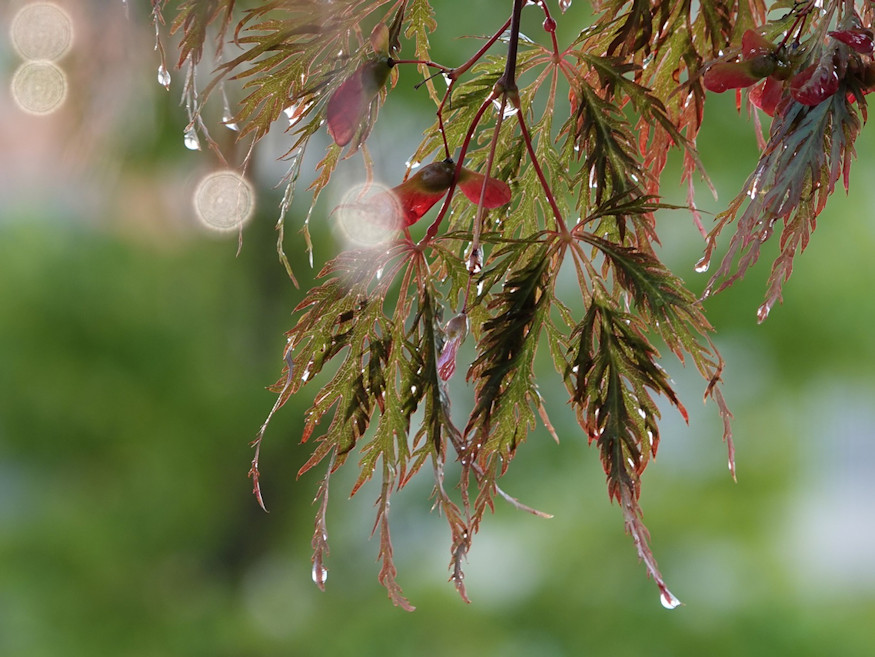
The leaves of laceleaf Japanese maple are deeply divided into narrow, serrated lobes, giving them a feathery or fern-like appearance. The tree typically grows to a height of 6 to 10 feet (1.8 to 3 meters) and has a spread of 8 to 12 feet (2.4 to 3.7 meters), making it an excellent choice for small gardens or as an accent plant in larger landscapes.
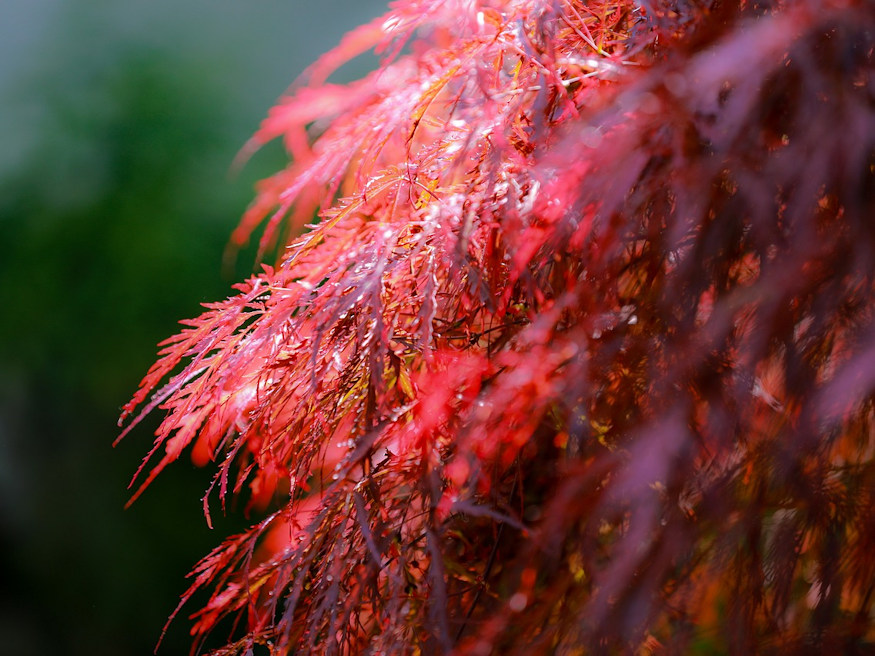
In terms of care, laceleaf Japanese maple prefers a well-drained, slightly acidic soil and partial shade, particularly in hot climates. It is important to keep the soil moist, but not waterlogged, and to protect the tree from strong winds, which can damage the delicate foliage. The tree is generally hardy and disease-resistant, but may be susceptible to leaf scorch in very hot or dry conditions.
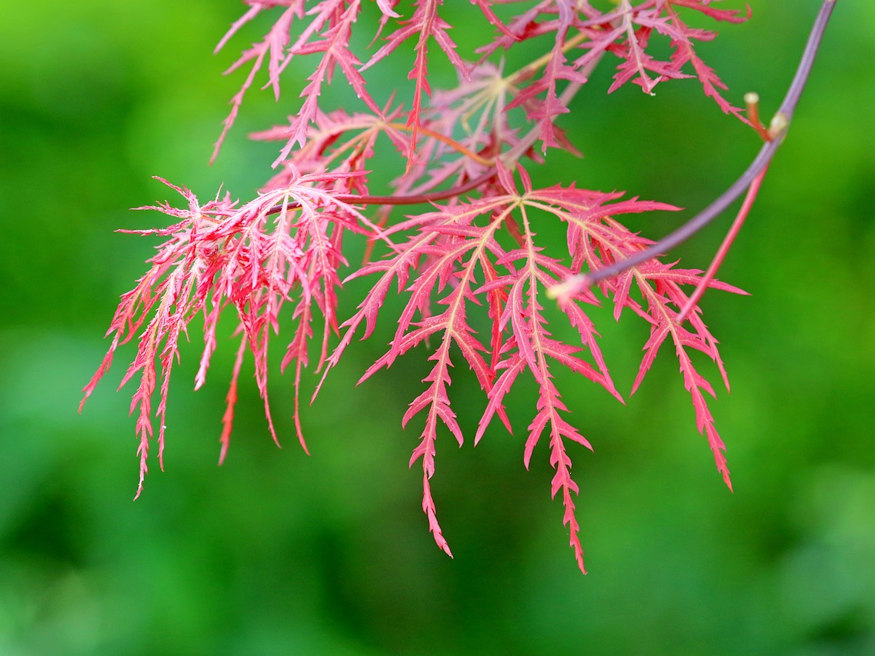
Useful tips for the care of laceleaf Japanese maple
Soil: Laceleaf Japanese maple prefers a well-draining soil that is rich in organic matter. The soil should be slightly acidic, with a pH between 5.5 and 6.5. If your soil is not ideal, you can amend it with compost or well-rotted manure before planting.
Sunlight: Laceleaf Japanese maples prefer partial shade or filtered sunlight, particularly in hot climates. They can tolerate full sun in cooler climates, but in general, they should be protected from the hot afternoon sun to prevent leaf scorch.
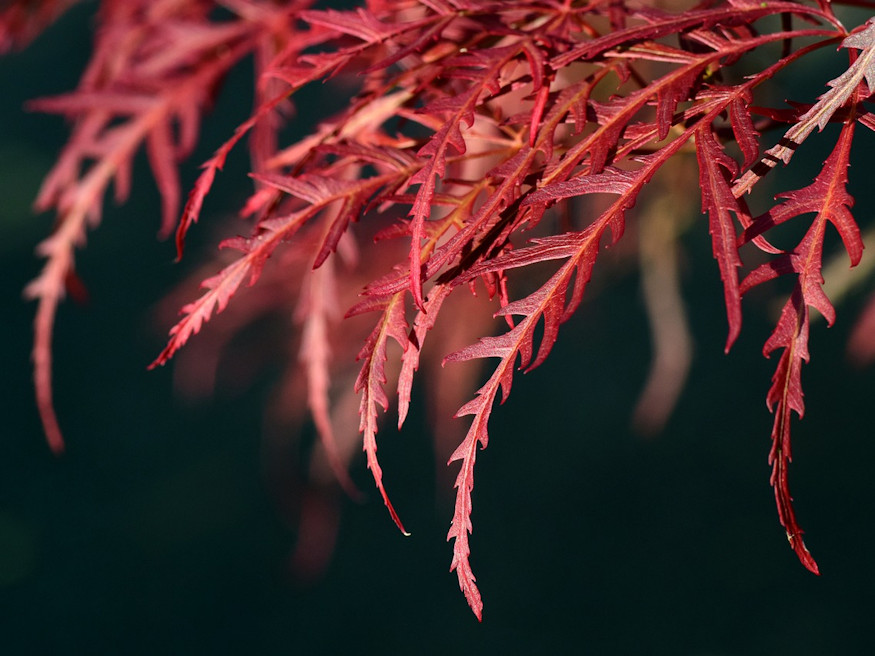
Watering: Keep the soil consistently moist, but not waterlogged. Water deeply once a week, or more frequently in hot or dry weather. Mulching around the base of the tree with organic matter will help to retain moisture and regulate soil temperature.
Fertilizing: Feed your laceleaf Japanese maple in early spring with a balanced, slow-release fertilizer. Avoid using high-nitrogen fertilizers, which can cause the tree to produce excessive foliage at the expense of its vibrant colors.
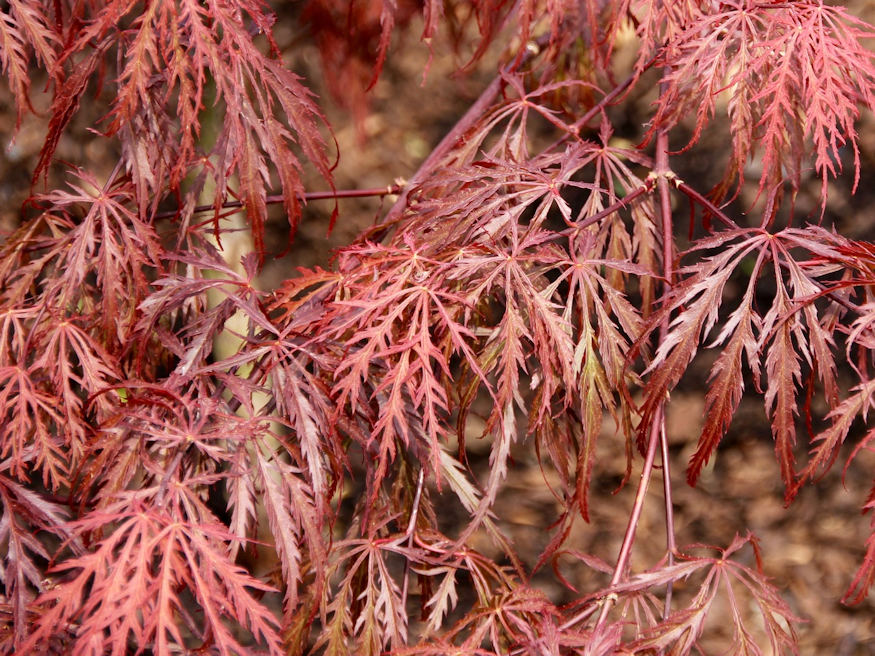
Pruning: Prune your laceleaf Japanese maple in late winter or early spring to remove any dead, damaged or crossing branches. You can also thin out some of the interior branches to improve air circulation and sunlight penetration.
Protection from wind and cold: Laceleaf Japanese maples are susceptible to damage from cold winds and late spring frosts, so consider planting your tree in a sheltered location, such as near a wall or fence.
Pests and diseases: Laceleaf Japanese maples are generally pest and disease-resistant, but may be susceptible to leaf spot, verticillium wilt and aphids. Keep an eye out for any signs of damage, and treat promptly with appropriate fungicides or insecticides as needed.
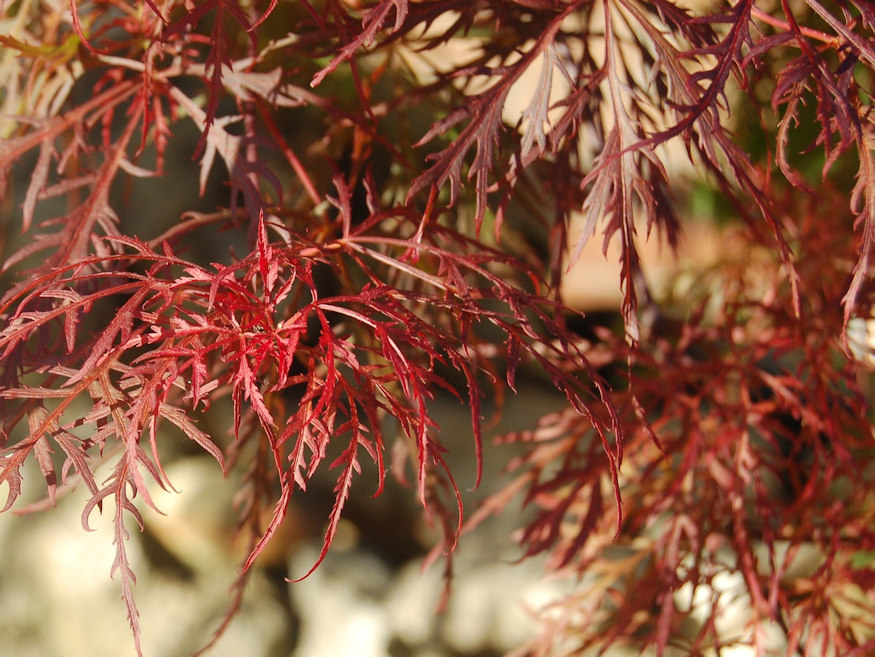
In terms of where to plant your laceleaf Japanese maple in your garden, it is best to choose a location with filtered sunlight or partial shade, and where the soil is well-drained. Avoid planting in low-lying areas that are prone to waterlogging, and make sure the tree has enough space to grow without being crowded by other plants or structures.
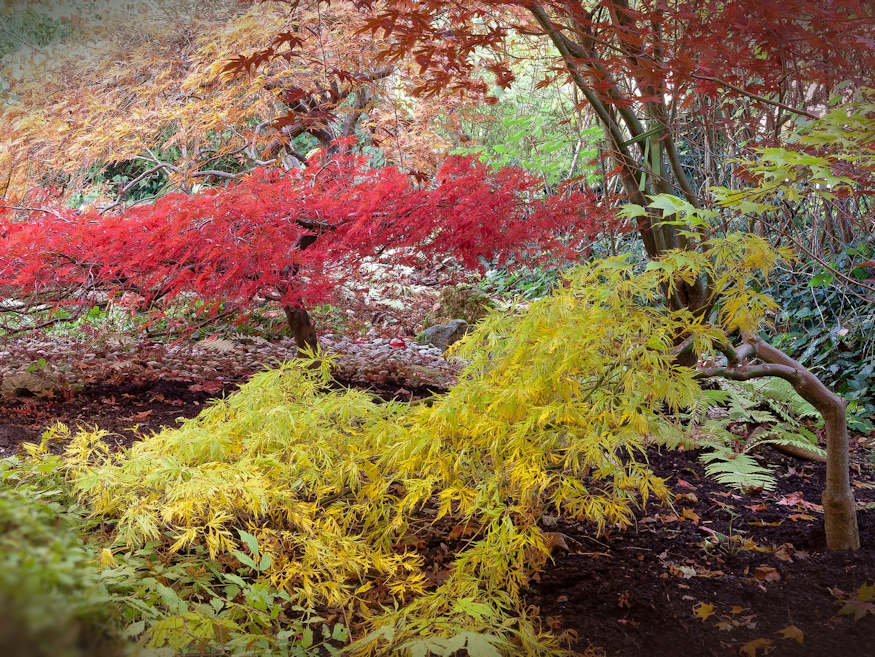
Overall, laceleaf Japanese maple is a beautiful and relatively low-maintenance tree that can add texture and color to any garden. With proper care, it can be a long-lived and rewarding addition to your landscape.



